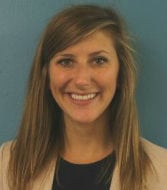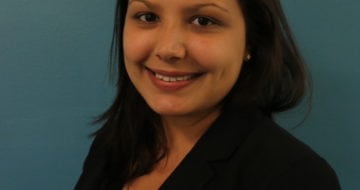 By James Rosenbaum, Caitlin Ahearn, and Janet Rosenbaum
By James Rosenbaum, Caitlin Ahearn, and Janet Rosenbaum
Over 25 years ago, the landmark report The Forgotten Half: Pathways to Success for America’s Youth and Young Families revealed that half of America’s youth lacked access to college and good careers. At the time, graduating high school and entering college was the critical link to a good career and becoming a productive, successful adult.
Since 1998, the U.S. has made significant progress in increasing the number of young people who graduate from high school and enter postsecondary education. Today, the problem is not so much about getting into college; it’s about staying on course and finishing a degree or earning a certificate. In our report, The New Forgotten Half and Research Directions to Support Them, we shine a light on the students who go to college but never earn a degree.
In our study, we analyzed a comprehensive survey that followed high school sophomores in 2002 through their secondary and postsecondary educational and labor market experiences until 2012. Analyzing on-time high school graduates, the results found that 86 percent attend college in the eight years after high school. While that sounds encouraging, we found that many of those students get no credential, and as a result, get no payoff from college.
Even though policymakers often encourage college-goers to get the “four-year BA,” in reality, it takes much longer to earn a BA. As Bound showed in his study from 2012, a BA often takes students over six years to complete, and many students leave before earning a degree. Given that many students never earn a BA, we examined the range of sub-BA credentials, including associate degrees and certificate programs, which provide reliable labor market payoffs to the individual. Sub-BA credentials take less time to complete, improve employment rates and earnings, and even confer non-monetary job rewards. Completing one is much more valuable than simply having some college credit but no degree.
Key Findings of The New Forgotten Half:
- Among community college students, more students get certificates or associate degrees (33%) than get BA degrees (20%) within 8 years of graduation.
- Compared to a high school diploma, certificates increase earnings by 13 percent, and AA degrees increase earnings by 22 percent.
- Students who enroll in college but complete no credentials have no better labor market outcomes in their early careers than high school graduates.
- Earnings don’t tell the whole story, however. Young adults highly value jobs that offer a sense of satisfaction, or a sense of personal fulfillment and the promise of advancement, and we found that sub-BA holders reported job satisfaction, autonomy, variety, career preparation, often at comparable levels to BA holders.
Above all, our report demonstrated the need to prevent students from falling into the “some college” trap, and policymakers should take significant and deliberate steps to make postsecondary completion an achievable goal. Here’s how:
- High schools and colleges can inform students about the value of sub-BA credentials. Educators, and therefore students, rarely realize the low odds and six-year timetables for completing BA degrees, and the quicker timetables, easier requirements, and substantial payoffs of sub-BA credentials.
- Colleges can create Program Pathways. Just as the original Forgotten Half report recommended better transition mechanisms, colleges can create structured course sequences that give youth dependable pathways to desirable credential goals.
- Colleges can create Incremental Success Pathways: Students at high-risk of dropping-out should be informed about ways to get quick certificates on the way to AA or BA degrees.
- Policy can make major improvements, such as aligning standards and credits in high schools and colleges, providing funds to support advising and job placement, and encouraging sub-BA occupational programs that help students get good jobs and meet labor market needs.
The good news is that 25 years after the original Forgotten Half report was released, completing a postsecondary credential is a valuable goal that is more attainable for more American youth, but we need much more research to understand the barriers and challenges and how to improve the system to increase success. It is up to us to see that students take full advantage of the opportunities available to them.




